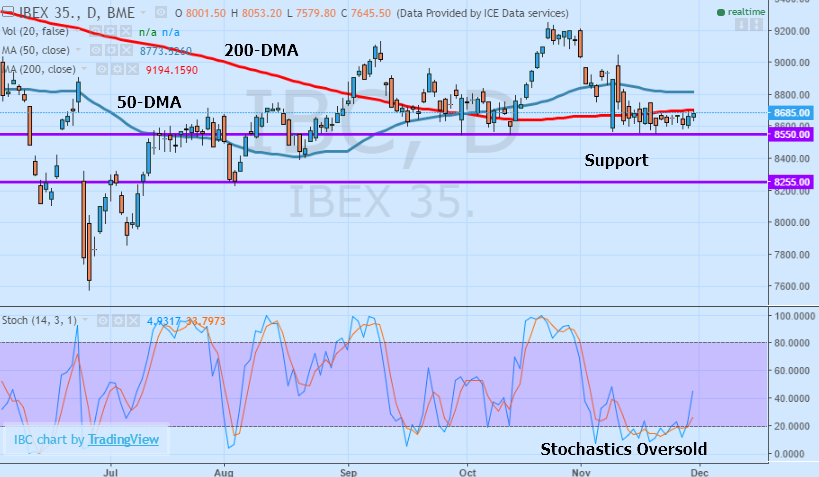Spanish Recovery Accelerating Amid Supportive Backdrop
Despite myriad problems facing the Spanish economy thanks to an uncertain political environment and challenging business conditions, Spain has shown serious resolve and looks to have turned a corner economically. While the country is still largely defined as recovering in a post-crisis environment, the fundamental underpinnings of the economy have strengthened significantly. Although no fiscal stimulus or structural reforms have been present, the accommodative monetary framework has led to a notable recovery in several important economic metrics.
The concerns about the absence of a stable government are real and founded, though picking apart the data shows a country that is largely rising from the ashes of the sovereign debt crisis. The pickup in confidence, inflation, and even domestic growth underlines these gains. With no major changes in the pipeline expected for Euro Area monetary policy, the Spanish recovery may continue to reap the rewards of low interest rates while tackling existing structural problems like unemployment. However, for local stocks, the outlook is not as bright, with the IBEX 35 not feeling the benefit of better economic traction.
Confidence Climbs as Conditions Improve
The sovereign debt crisis was a serious setback for Spain, sending unemployment surging and growth tumbling. Now, nearly 5-years later, domestic conditions have shown vast improvement. According to the most recent data, Spain has managed to not only exit deflation, but show amongst the strongest upward pressure on consumer prices in the Euro Area, with 0.70% annualized headline inflation above the comparable 0.60% Eurozone-wide figure.
Beside the improvement in inflation, other metrics have also shown tremendous progress, specifically growth. Annualized growth now stands at 3.20%, with expansion relatively stable over the past 8 quarters, trending between 0.70% and 1.00% since the fourth quarter of 2014. In fact, growth is so strong that Spain has largely taken the helm of the leading drivers of expansion throughout the Euro Area, exceeding all other core Euro countries. The upgraded outlook is nowhere more visible than business confidence, which recently rose to an 11-month high.
While the headline data looks great for Spain, there are still some lingering concerns, namely unemployment, which remains sky-high relative to the Euro Area aggregate figure.At 18.91%, joblessness is second only to Greece despite falling to the lowest levels since 2009. One of the main impediments to accelerated improvement in job creation is the lack of fiscal stimulus. Although Spain has managed to grow without a government, the recently formed minority government is effectively powerless to enact change, hampering any structural reforms that would help spur greater growth and help tackle high unemployment. However, greater traction in the private sector should help tackle the joblessness that has prevailed for years.
Economic Advance Fails to Lift Stocks
A brighter outlook for the economy has not necessarily touched all part of the economy. For one, stocks have yet to embrace the more positive guidance and forecasts. For months now, the IBEX 35 has been stuck within a familiar range. It has largely not reflected the gains in the underlying economy, which suggests that there may be further downside in store for the index despite other global equity benchmarks trending higher in a massive risk rally. Standing in the way of any upside are the 50-day and 200-day moving averages trending above the price action. Should the 50-DMA cross the 200-DMA to the downside, the bearish crossover could be a very negative sign for the index.
(Click on image to enlarge)

Although the IBEX 35 is recovering from being oversold over the last few weeks, the bullish case for the index is still not strong. Should the Stochastic Oscillator see both the %K and %D line climb back above the 50.00 level, it could strengthen the case for a rebound. However, a true rally will require the index to overcome the moving averages. On the downside, any retreat below key support sitting at 8550 could pave the way for a deeper decline towards June lows after the UK referendum. Additionally, on a month near-term basis, support and the prevailing downward trend are forming a descending triangle pattern. A candlestick close below support could be a breakout move targeting 8255 on the downside if confirmed by higher trading volumes and momentum.
Disclosure: None.



